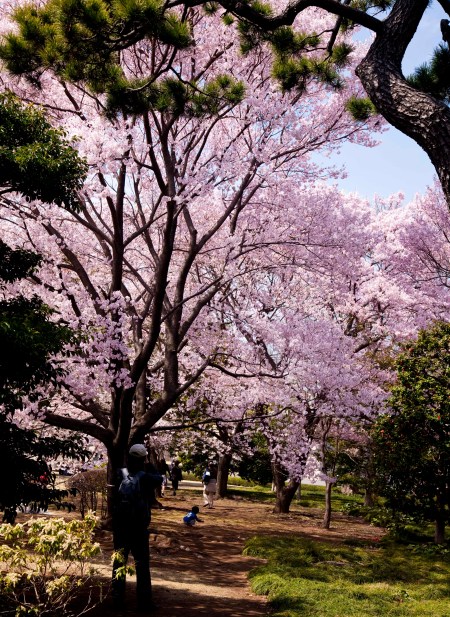Where do I go to get the best shot of…? When do I go to get that shot? These questions have troubled travelers and photographers for years. Travel photography is more available and affordable than ever.
Great travel photography boils down to three things: Light, Location and Lenses. In the following short paragraphs I will share with you the prime basics I have learned over the last 30 years of travel photography. Since the early 1980’s I have traveled to over 160 countries—yes, there are that many and still more to go!
Light. Without it GREAT photography is difficult—even with the high ISO digital cameras of today. Truly excellent photography begins AND ends with light and how you use, protect, manipulate and ultimately capture light.
Just as important as the primal light mother-nature provides is the light of your own imagination and eye. The art of seeing light is a must for being able to visualize exactly how you want to capture the light you have to work with.
The key with travel photography, as with most other photography, is how you put yourself into position to capture the best light for the location you are working with. This can vary depending on the location.
How do we combat or work with light? Rise before the sun, and most people, to be out, set-up and ready to release the shutter on location before even the bell tower mice of Notre Dame are awake. The best light of any day and any season is often the morning light. The soft rays create hues and angles which even the novice can make look extraordinary. In my opinion morning light is the most interesting and clean light of the day. Of course, the often vibrant rays of the evening are inviting and awesome as well.
As always, before you begin clicking away, consider how the available light, weather, as well as lens selection and camera position will impact your shot. Take some time to walk around your subject, if possible, while considering all of these elements. Take your time and look through the viewfinder (or even LCD screen) and be open to the unusual and the unexpected.
Location. The world is such that many people have traveled and seen much more than even 20 years ago. The classic sights—The Eiffel Tower, The Leaning Tower of Pisa or even a Bull Elk in Yellowstone National Park have been shot by MILLIONS of photographers. Each of them has a killer shot of the site—right? However, many travelers do not go back to a location to ever shoot it again. Hitting sights in each of the four seasons brings them to life. If at all possible return to favorite locations and shoot often—the Light is NEVER the same and your mood and imagination may bring you new discoveries. Spending time watching locals interact and visit sites can add a layer of creativity and vision to how you approach and shoot it. Find out as much as you can about your destination before you start traveling. Use the Internet, travel books, maps and the phone to find out details about potential shooting locations and weather. When you arrive on location take some time to look at post cards of the area to get ideas and locations. If the schedule allows, scout a location to determine the best camera position for the next day—these are all things we do and provide in advance on a photo tour! Putting yourself in the right place at the right time is a must to excellent travel photography.
Lenses. Do NOT skimp on glass. I would rather have a basic (read entry level) DSLR and GREAT glass than a fully-loaded pro DSLR with inferior glass. Yes, we recognize that there is a lot of good glass out there. Every maker has raised the quality level to deal with the specific needs of digital photography. The key here is to take the time, effort and spend the money you can afford for the system AND desired results you want. Our Imagination, Light and Lens (ILL) make SICK (read awesome) pictures! When the three L-elements come together with our imagination the possibilities are endless and the creativity and beauty are as magnificent as the love of our life.
What are the answers to the above questions? Get out and travel. Take your camera and shoot. When we couple travel & photography the world takes on new meanings and adventures. The people, places and sights that are travel photography open our eyes and fill us with an appreciation for the privilege we have to document the Light & Location through the Lens, of not only the camera, but our minds and hearts. As we say at M&M, “You don’t just take a photograph, you experience it!”
Contact me directly at: mikeg@mmphototours.com with questions about our tours, general travel questions, and of course anything photography related. Thanks for all the support.



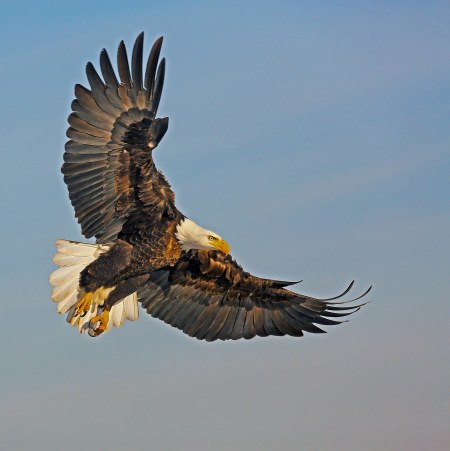








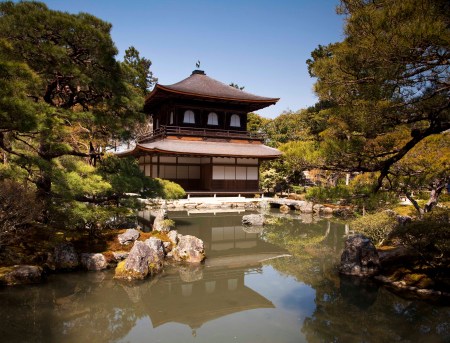


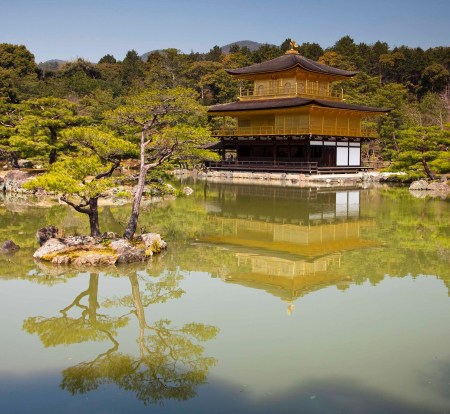
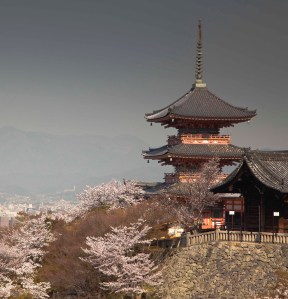

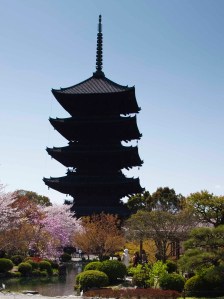
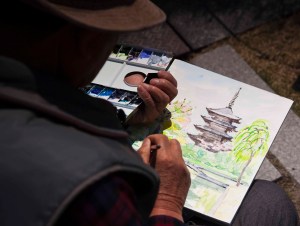

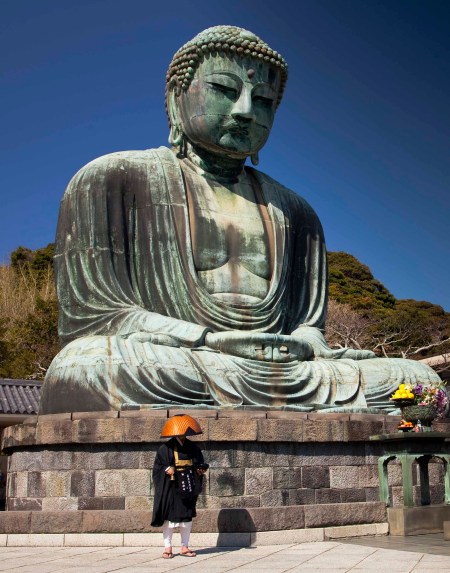
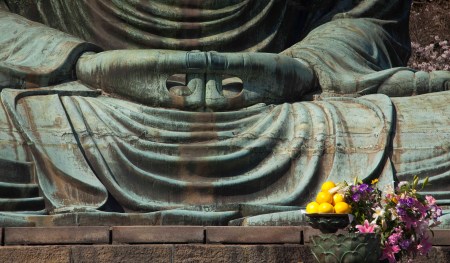
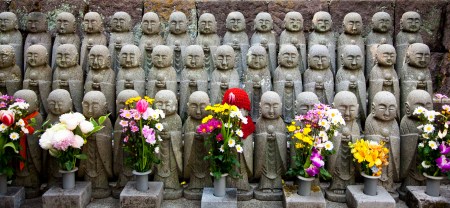
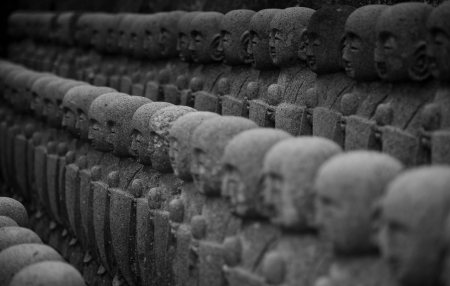
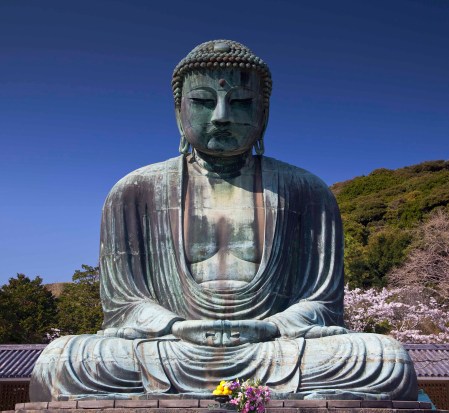
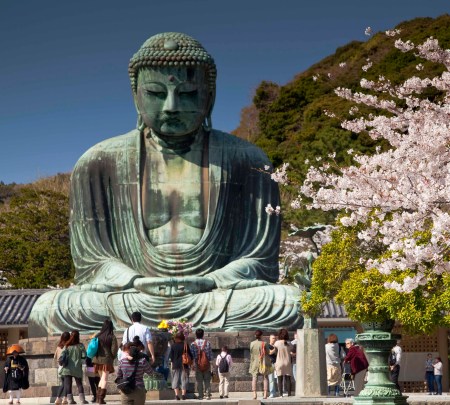










 Sigma 70-200 @ 200mm f/2.8 1/3000 ISO 100
Sigma 70-200 @ 200mm f/2.8 1/3000 ISO 100




